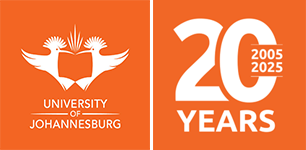Software can be protected in two ways (cumulative), by copyright or by patent (when the software produces a technical result).
Copyright protection offers two advantages. First, there are no formal requirements, because there is no filing or obligatory registration. Second, it’s free. On the other hand, copyright only protects the code (source and executable), the software structure and its documentation. It does not protect algorithms or underlying concepts.
Copyright notice:
We recommend that you place a copyright notice on software that identifies the copyright holder, for example: © 2008, University of Johannesburg (UJ), South Africa.
The second type of protection – the patent – offers a more complete protection that can cover the software’s functions, as well.
Open-source software
these are software programmes that are freely distributed, including the source code. According to some open-source licenses, anyone who modifies an open-source code must also make the modification available in open-source. The author of the initial software (or his/her assignee) retains the right to be mentioned as such on the software.
